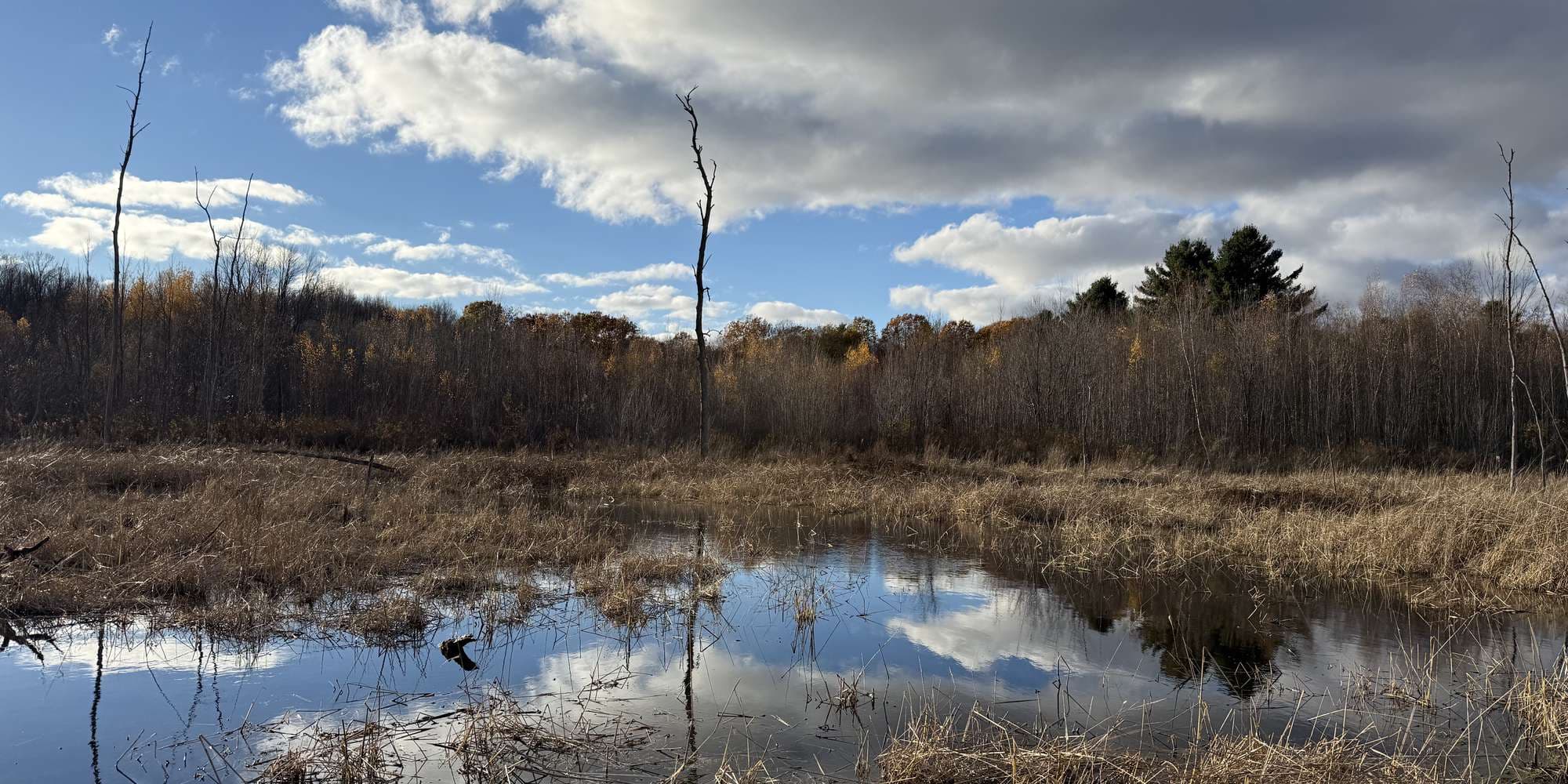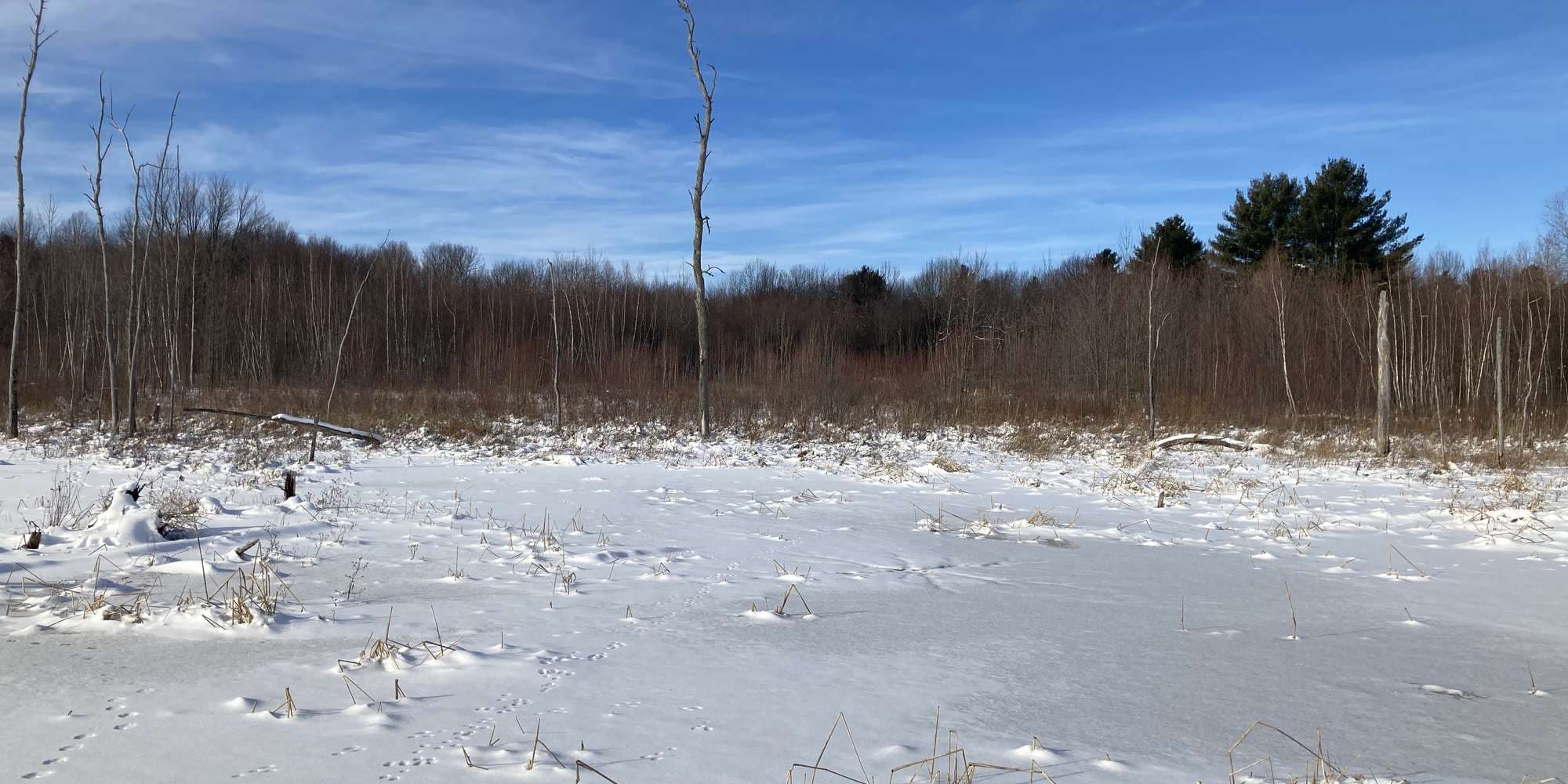2022
2023
2024
2025



2022
2023
2024
2025
Steven J. Young Marsh
Managed by Missisquoi National Wildlife Refuge
Since 2021
In Vermont, US
MIS101
This chronolog combines 278 photos from 159 contributors. Learn more
About this site
This wetland is man-made to provide habitat for a variety of aquatic wildlife from wood ducks to otters. The early successional habitat on either side of the wetland is a haven for shrubland bird species such as American Woodcock, common yellowthroat, chestnut-sided warblers and more. Pollinators find ample forage from flowering shrubs and wetland plants. Beaver activity is readily obvious at this site and during summer months osprey may be nesting in the tall snags within the impoundment.
About Missisquoi National Wildlife Refuge
The Missisquoi National Wildlife Refuge was established in 1943 to provide habitat for migratory birds. It consists of 6,761 acres, mostly wetland habitats, which support a variety of migratory birds and other wildlife. Shad Island and the 900 acre Maquam bog are designated as a Research Natural Areas and the refuge was designated as an Important Bird Area in partnership with the Audubon Society. In 2013, the Refuge in partnership with state of Vermont lands were designated a Wetland of International Importance under the Ramsar Convention. A mosaic of wetland habitats offers opportunities to see and manage more than 200 species of birds. Fall migration features 20,000-25,000 migrating ducks. Nesting bald eagles, osprey, and a great blue heron colony are present on the refuge. The refuge also hosts the only nesting location for state endangered black terns. Missisquoi NWR protects and manages one of the most biologically diverse and significant wetland complexes in Vermont. Please note that most public use is permitted only on designated trails or along the Missisquoi River. Please consult the refuge office or website for areas which are closed to public use to protect sensitive wildlife and habitat.
For nature-lovers
Explore chronologs
For organizations
Chronolog is a monitoring tool for parks, nature centers, wildlife organizations, schools, and museums worldwide. With over 100,000 contributors across 300 organizations, Chronolog is on a mission to engage communities with nature while recording important natural changes.
© Chronolog 2025 | Terms